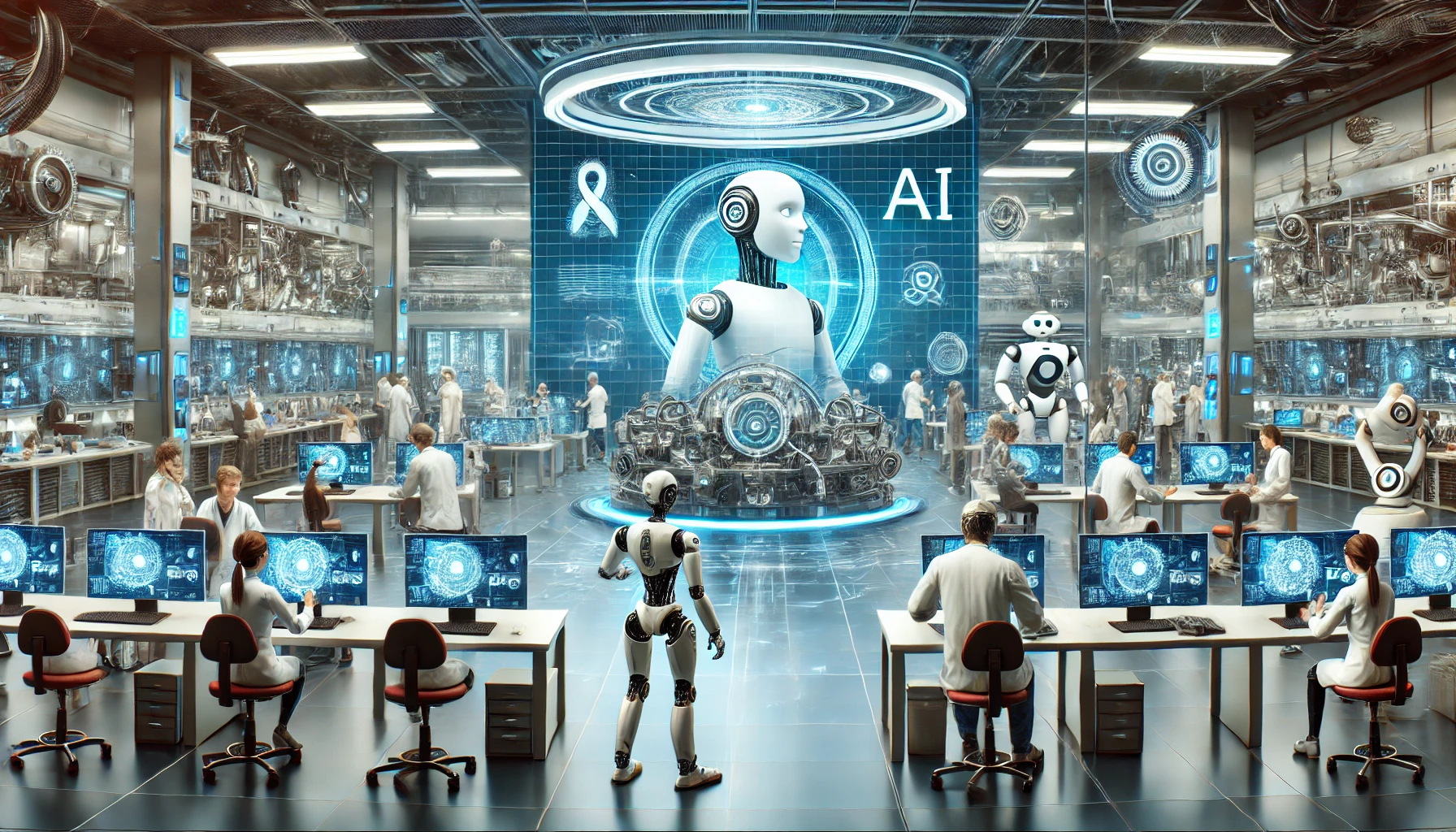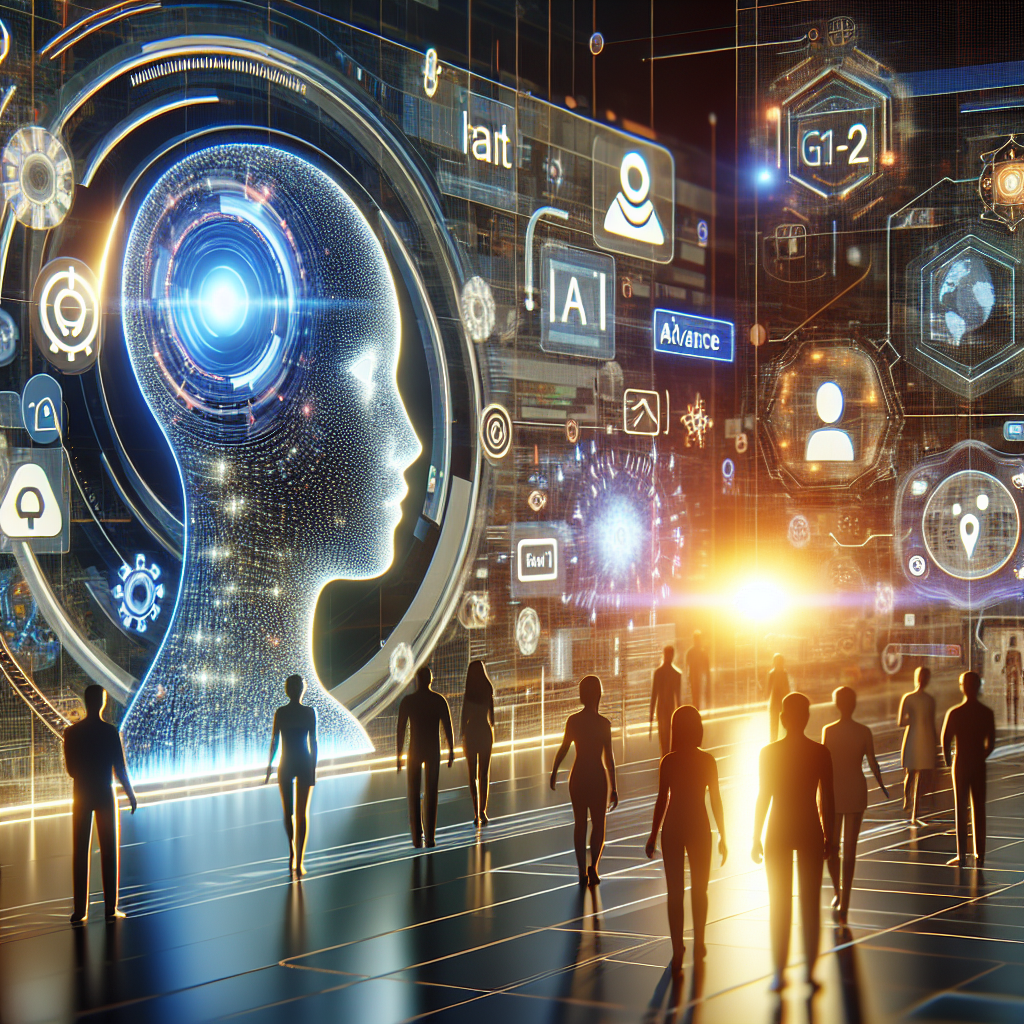OpenAI Unveils GPT-5: A Leap Toward Faster, Smarter, and More Reliable AI
In a remarkable stride forward for artificial intelligence, OpenAI announced the release of its latest large language model, GPT-5, capturing the attention of tech enthusiasts and industry leaders alike. Dubbed by the company as its flagship offering, GPT-5 aims to drastically enhance speed, precision, and factuality in AI-powered interactions.
As competition intensifies among the giants in Silicon Valley’s AI race, GPT-5 cements OpenAI’s continued stake in shaping the future of conversational AI.
What Makes GPT-5 Different?
GPT-5 comes with several major advancements over its predecessors, particularly GPT-4.5 and GPT-4 Turbo, both known for fundamental advancements in natural language generation. This new version isn’t just an incremental update — it’s a meaningful leap in both ability and usability. Here’s what sets it apart:
- Speed: GPT-5 responds more quickly, enhancing user experience across applications and platforms.
- Accuracy: With refined training data and alignment strategies, the model is less prone to hallucination—AI-speak for generating false or misleading information.
- Context Handling: GPT-5 can now better understand and maintain complex, multi-turn conversations with greater coherence.
OpenAI indicates that these improvements were achieved by optimizing the training architecture and significantly expanding the training corpus, including not only internet-scale text but also more structured and diverse data representations.
Enterprise-Grade Enhancements
For businesses, GPT-5 offers even more compelling features. From customer service bots to content creation tools, the new model brings increased reliability and consistency useful for deployments in commercial settings.
Enterprise customers can benefit through:
- Reduced need for human monitoring due to fewer factual inaccuracies
- Better integration into vertical-specific applications, including legal, healthcare, and finance
- Lower latency, resulting in improved UX for real-time applications
Changing the Game for Developers
GPT-5 also includes updates that are particularly valuable for developers and engineers. With new API endpoints and deeper support for function calling, developers can now more easily orchestrate multi-step tasks and build autonomous agents using a single API pipeline.
Additionally, OpenAI is expected to release detailed documentation and pre-built plugins that allow seamless integration into platforms like Microsoft Azure and Google Cloud platforms.
Fewer Hallucinations, Stronger Facts
One of GPT-4’s major limitations was its tendency to “hallucinate” answers — confidently providing incorrect information. With GPT-5, OpenAI addresses this with a reinforced training emphasis on factual grounding using real-world datasets and verification mechanisms. Early reports from alpha testers show a marked decrease in factually incorrect outputs during extended conversations.
This new level of reliability paves the way for more trust-based interactions between AI and users in knowledge-intensive fields such as legal advisory, academic research, and enterprise onboarding.
OpenAI’s Commitment to AI Safety
OpenAI remains closely aligned with its mission to ensure AI benefits all of humanity. With GPT-5, the company has introduced new safety protocols, both at model training and post-deployment stages:
- Improved content moderation: Custom filtering tools to prevent malicious or inappropriate use
- Ethics-aware prompting: GPT-5 actively avoids engaging in sensitive or harmful conversations
- Transparent usage auditing: Enterprises can now track how the API is queried to detect bias or misuse
Collaboration with AI Policy Groups
OpenAI has also renewed partnerships with policy think tanks and academic institutions to ensure GPT-5 aligns with globally evolving AI governance standards. By contributing to whitepapers and engaging with regulatory frameworks, OpenAI strengthens the discourse around responsible AI deployment.
Looking Forward: What’s Next After GPT-5?
Even as GPT-5 starts rolling out across platforms, speculation has already begun about what’s next for OpenAI. There is talk of more narrow, domain-specific models and the potential integration of real-time sensory data, which could usher in new eras of experiential and mixed-reality AI.
For now, GPT-5 remains a stunning showcase of how far LLMs have come — and how impactful they can be when fused with ethical responsibility and technological rigor.
Final Thoughts
OpenAI’s release of GPT-5 demonstrates how Artificial Intelligence continues to evolve toward more useful, intuitive, and accurate capabilities. Whether you’re a developer, an enterprise leader, or an average user interacting through ChatGPT, GPT-5 promises a faster, more reliable AI-powered future.
Stay tuned as this technology begins weaving itself more deeply into our daily lives — and reconditions how we think about communication, productivity, and intelligence itself.



Leave a Reply